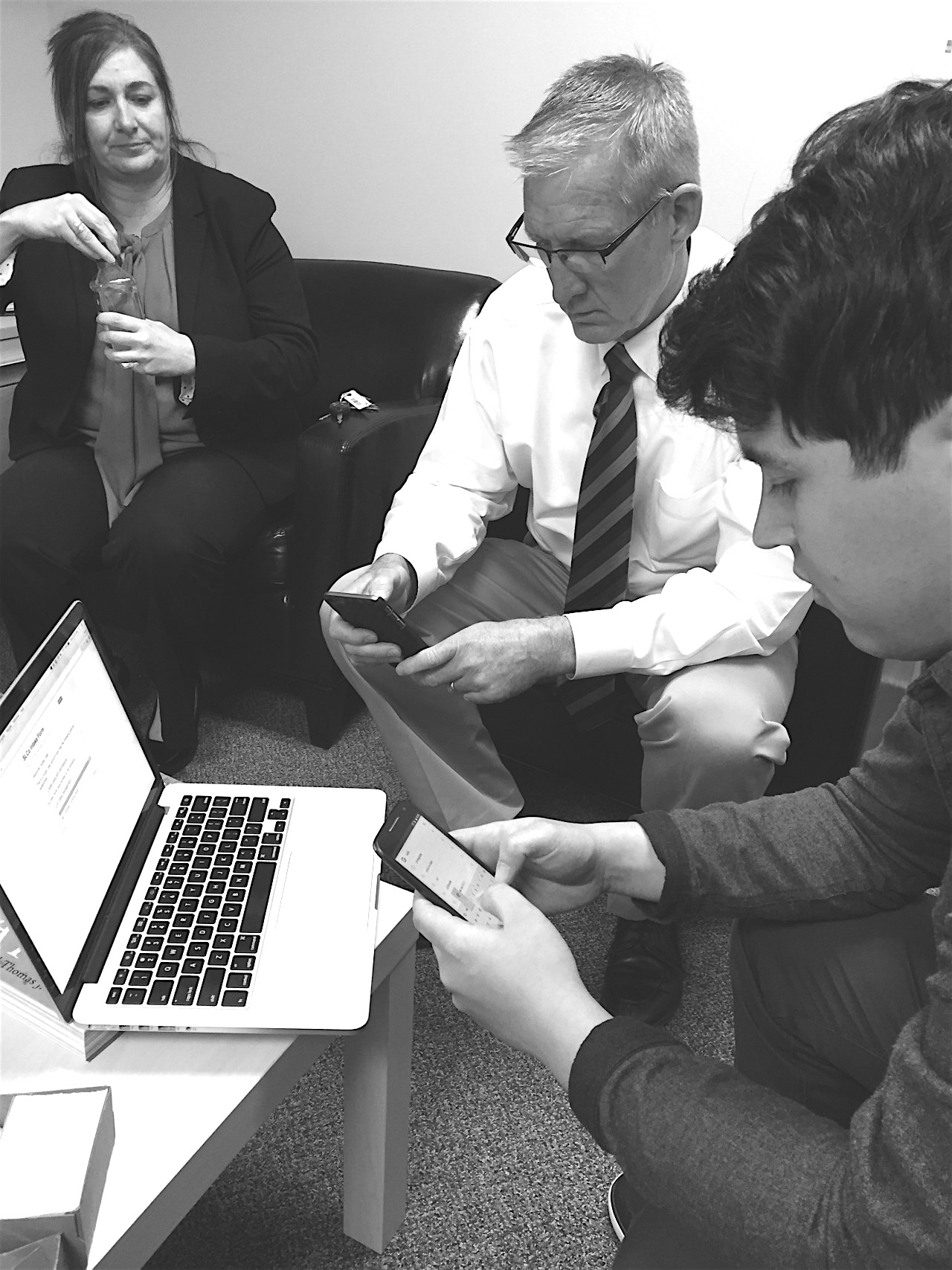Shipping as Stakeholder Engagement
Iterative methods make the software development process part of the research. Features and development are data-driven, meaning use drives development. This leads to lean, well-scoped, and proven software, shipped piecemeal in response to user needs.
Background
During our first month-long intensive in Salt Lake County, our team was able to ship a product once a week. This feedback loop was very powerful and able to command the attention of persons far outside the direct reach or control of our county partners. When people are able to see their conversations translated into functional, real-world tools in a matter of days, a mental shift occurs. The ability to question and critique the tools available at one's disposal is a powerful one. Not accepting that status quo, paired with the deep area expertise of someone like a case manager can provide far more apt feature demands than technocratic research and scoping methodologies that characterize most present procurement processes. This change is valuable both as a cultural one and in terms of demonstrating capacity and capability on the part of our fellowship team.
When we ship frequently and successfully, we are able to gather buy-in across any pre-existing political boundaries and, if moving fast enough, can often pre-empt existing political road blocks by simply beating other, slower moving governmental factors to "the punch" by executing at an accelerated rate. In this fashion, we can lead by doing and use the advantage to demonstrate how digital tools can be "here to help" and be seen as opportunities rather than threats to the "way things are currently done" in local government (and beyond).
Read More
To read the full blog post on the concept of shipping as stakeholder engagement, click here.
User Research / Iterative Metrics

 Salt Lake County & Code for America, 2016 Mid-Year Report
Salt Lake County & Code for America, 2016 Mid-Year Report

